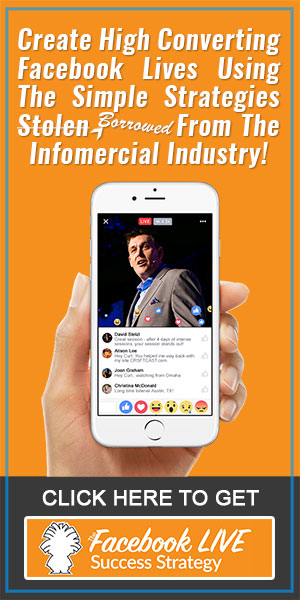The Facebook Attribution Window is tool that tracks the conversion of each Facebook ad over a specific period of time (1-28 days).
Research suggests that many prospects don’t make the required action the first time they visit a website, but will often revisit the next day, week or month and convert.
There can be a number of reasons why they didn’t convert initially. Maybe they were using their mobile phone and didn’t feel safe buying through an unsecured connection, perhaps they needed to do further research or didn’t have their card credit.
Whatever the reason, the next time they visit your website they convert. Your Facebook advert may (or may not) have been the reason for their conversion, yet the Attribution Window considers it a conversion anyway.
In this article, we discuss the features of Facebook’s Attribution Window and how you can use it gain better metrics on your ads.
How does the Attribution Window work?
An Attribution Window tracks the footprint of prospects over a number of days depending on the action they took with your advert. Attribution Window can be set to track for 1, 7 or 28 days depending on the action taken. Actions include:
- Interacting with your ad (default 28 days)
- Viewing your ad but not interacting (default 1 day)
If a prospect only views your ad (doesn’t click), the default Attribution Window is set to track that prospect for 24 hours. If they did engage with your ad (click, like comment, share) the Attribution Window to track the user for 28 days.
During these periods, if the prospect converts on your website Facebook awards your advert the conversion.
For example, a prospect may click your advert then leave your website without converting. 22 days later they revisit your website through another traffic source and converts. Since the Attribution Window tracks users for 28 days, it will consider this a direct conversion from the first advert they clicked 22 days ago.
If you’re running adverts on several platforms, your conversions statistics on Facebook can become artificially inflated tracking prospects for so long. This misrepresents how successful your ads really are and makes it hard to create a winning Facebook strategy.
So how long should you set the length of your Attribution Window?
Picking the right time frame
There’s no black and white answer for selecting the best Attribution Window time frame, there are too many variables to consider. For example, if you decide to run a campaign that directs prospects to a lead magnet, setting a shorter Attribution Window makes sense.
Why?
Because their decision process is fairly simple, do they want something for free in exchange for their email address or not? They don’t need to consult others or think too much about making the intended action.
On the other end of the spectrum, let’s say your advert is promoting the sale of a brand new car valued at $45,000. When spending such sums of money, most people take a few weeks if not months researching and discussing it with their partner before taking action.
A high value purchase usually requires more time and research when making a decision, not something the average prospect does impulsively. For these types of ads, setting a longer Attribution Window makes more sense and provides a more accurate metric on the true rate of conversion.
Another variable to consider is the amount of ads you run online. If you’ve setup several Facebook ads over the space of a few weeks, how do you know it wasn’t your second, third or fourth advert that helped the prospect convert? In this situation, it’s better to apply a shorter Attribution Window to reduce the amount of false positives in your conversions.
Search Engine Land revealed that 97% of online conversions happen within the first 10 days, with the other 3% taking place over a 20 day period:
Retargeter also suggest that using a shorter Attribution Window is ideal as it provides you with more realistic data on how your ads perform.
How to change your Attribution Window
To change the Attribution Window of your adverts you will need to login to the Facebook Adverts Manager. From here you can change the Attribution Window for All Campaigns, All Advert Sets and All Adverts:
Once you select what you want to view, click on Columns and select Customise Columns from the dropdown list:
In this section you can customise your reports and select the timeframe of your Attribution Window:
Summary
Unless you only run one advert at a time, there are very few benefits to setting your Attribution Window to 28 days. The same Search Engine Land study revealed that most prospects take action within an hour of clicking an advert or the day after:
If prospects are not buying immediately, they are doing further research (price checks, reading online reviews) on the product before deciding. Furthermore, conversion metrics are only of any use if they are accurate. The bigger the Attribution Window, the less clear your results actually are.
My personal recommendation is to keep the timeframe as short as possible, 24 hours being ideal. Studies reveal that most conversions happen within the first 10 days, and increasing the Attribution Window to 28 days to capture the only 3% of consumers is opening up a door of skewered metrics and false positives.
How are you using the Attribution Window?
Nick Bridges
Latest posts by Nick Bridges (see all)
- Facebook Releases 8 New Standard Events - November 14, 2018
- Facebook Pixel Changes 2018 - October 11, 2018
- Writing Compelling Ad Headlines that People Will Click - September 12, 2016








